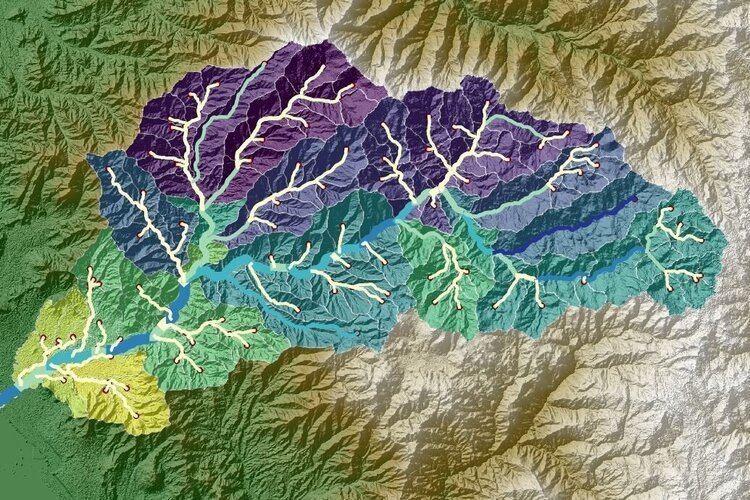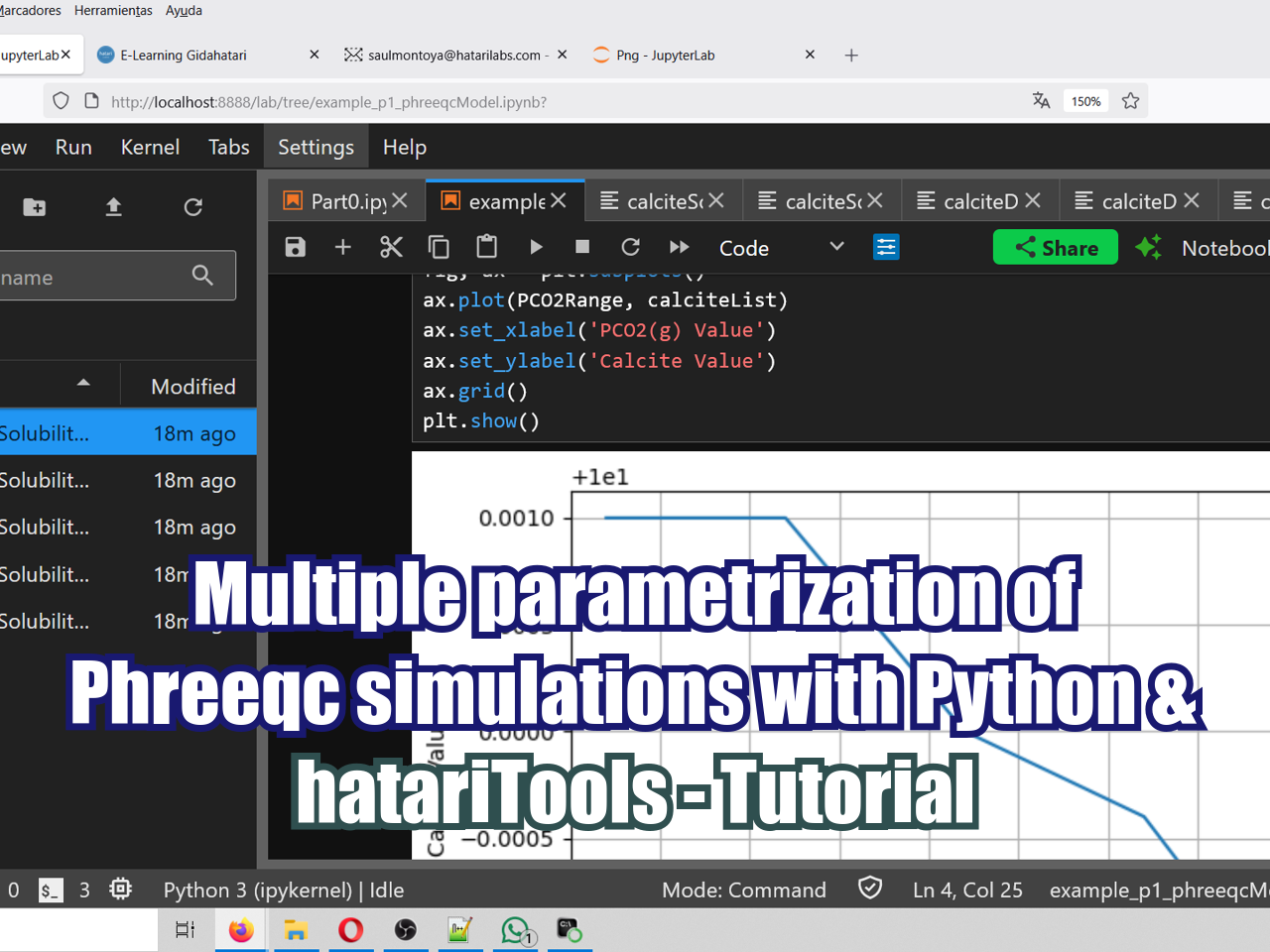Modeling of mixing water / effluent with OpenFoam and HatariUtils - Tutorial
/Modeling flow on open channels and simulating water mixing to evaluate the final concentrations and mixing area was a hard task with conventional open source software. Based on our research and app development we came up with a process to model flow of water and effluent mixing and then calculate the mass flux with the initial concentration of certain chemical components to have a fully 3d simulation of the concentration development with time and distance from source.
Read More























